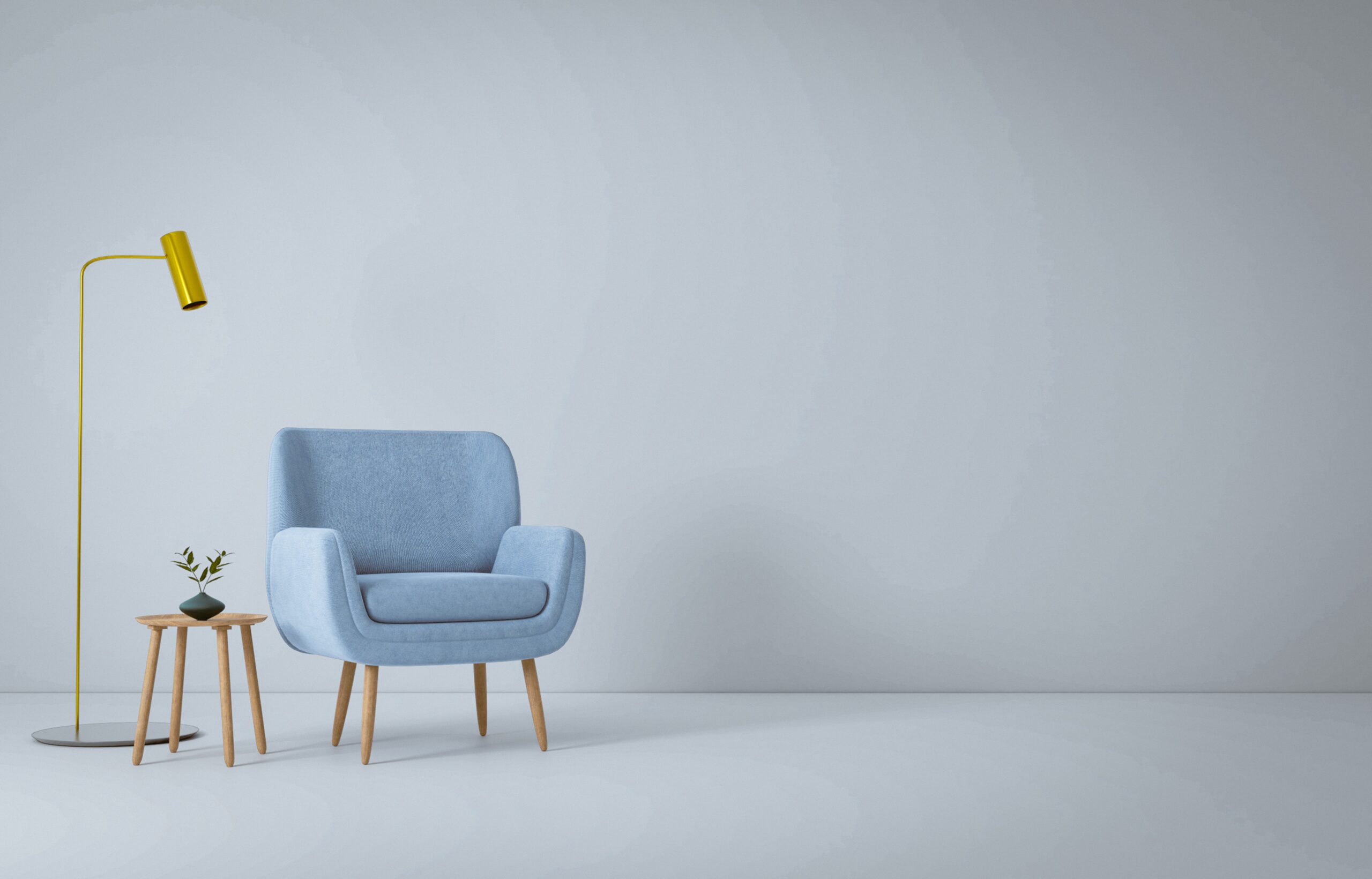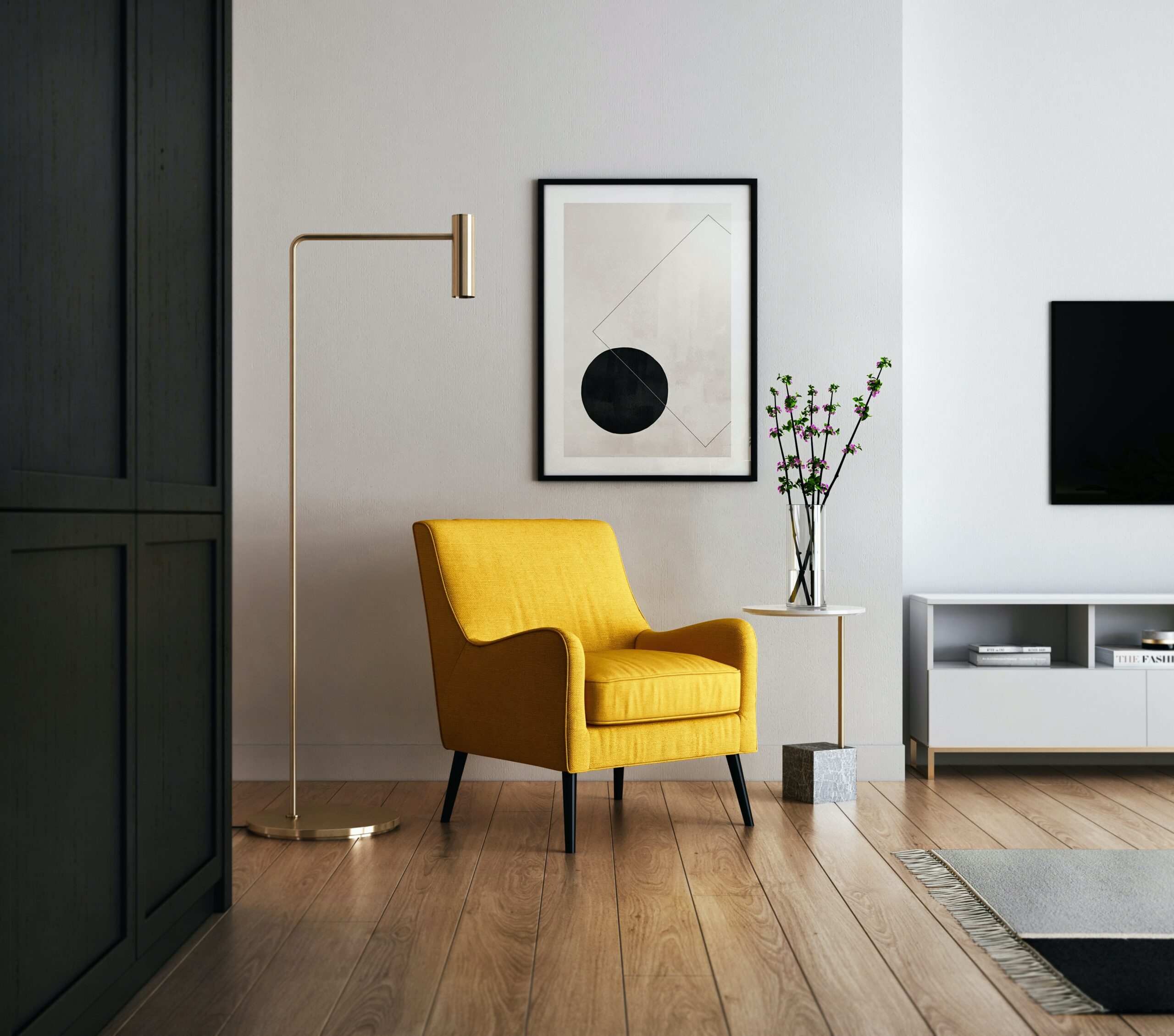Introduction
Flat design has become increasingly popular in recent years due to its clean and minimalist aesthetic. It focuses on simplicity, typography, and vibrant colors to create visually appealing and user-friendly interfaces. However, planning a functional and stylish flat design requires careful consideration of various elements. In this blog post, we will provide you with some valuable tips to help you create a flat design that not only looks great but also functions effectively.
1. Understand the Principles of Flat Design
Before diving into the planning process, it’s crucial to understand the core principles of flat design. These principles include simplicity, minimalism, use of negative space, bold typography, and vibrant colors. Familiarize yourself with these principles to ensure that your design aligns with the flat design philosophy.
2. Define Your Goals and Target Audience
Effective planning starts with a clear understanding of your goals and target audience. Define your design objectives and consider the demographics, preferences, and needs of your target audience. This will help you make informed decisions regarding color schemes, typography, and overall layout.
3. Focus on Usability
While aesthetics are important, usability should be your top priority. Ensure that your design is intuitive and easy to navigate. Use clear and concise labels, logical navigation menus, and consistent icons. Pay attention to the placement and hierarchy of elements to guide users seamlessly through your interface.
4. Create a Consistent Color Palette
Choose a color palette that reflects your brand and creates a harmonious visual experience. Flat design often utilizes bold and vibrant colors, so make sure they are visually appealing and accessible. Use color contrast effectively to enhance readability and highlight important elements. Remember to keep your color palette consistent throughout your design to maintain a cohesive look.
5. Typography Matters
Typography plays a crucial role in flat design. Select fonts that are legible and complement the overall aesthetic of your design. Consider using sans-serif fonts for headings and body text to maintain a clean and modern look. Experiment with font sizes, weights, and spacing to create a visually pleasing hierarchy and improve readability.
6. Embrace Negative Space
Negative space, also known as white space, is an essential element in flat design. It helps to create a sense of balance, improve readability, and draw attention to important elements. Don’t be afraid to leave empty spaces between elements to give your design room to breathe. Use negative space strategically to enhance the overall visual appeal and user experience.
7. Optimize for Responsiveness
In today’s mobile-driven world, it’s crucial to ensure that your flat design is responsive and works well on different devices and screen sizes. Test your design on various devices to ensure that it adapts seamlessly and maintains its functionality and aesthetics. Consider using responsive frameworks or grid systems to simplify the process.
8. Test and Iterate
Once you have implemented your flat design, it’s essential to test it thoroughly. Gather feedback from users and make necessary improvements based on their insights. Continuously iterate and refine your design to enhance its functionality and user experience.
Conclusion
Planning a functional and stylish flat design requires a deep understanding of the principles and careful consideration of various elements. By following the tips mentioned in this blog post, you can create a flat design that not only looks visually appealing but also provides a seamless and intuitive user experience. Remember to prioritize usability, embrace negative space, and optimize for responsiveness to create a design that stands out.

